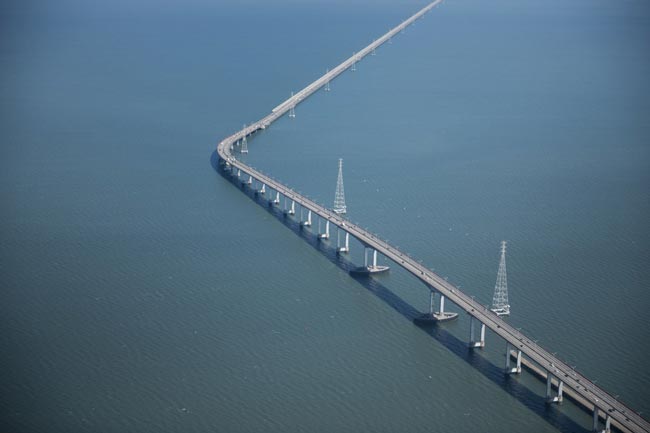UWB RADAR

Ultra Wideband (UWB) radar systems transmit signals across a much wider frequency than conventional radar systems and are usually very difficult to detect. The transmitted signal is significant for its very light power spectrum, which is lower than the allowed unintentional radiated emissions for electronics. The most common technique for generating a UWB signal is to transmit pulses with very short durations (less than 1 nanosecond).
The spectrum of a very narrow-width pulse has a very large frequency spectrum approaching that of white noise as the pulse becomes narrower and narrower. These very short pulses need a wider receiver bandwith as conventional radar systems.
The amount of spectrum occupied by a signal transmitted by a UWB-radar (i.e. the bandwidth of the UWB signal) is at least 25% of the center frequency. Thus, a UWB signal centered at 2 GHz would have a minimum bandwidth of 500 MHz and the minimum bandwidth of a UWB signal centered at 4 GHz would be 1 GHz. Often the absolute bandwidth is bigger than 1 GHz.


 Life has taught me this: to have peace and comfort, I should walk along-side God today and then have faith in him for tomorrow
Life has taught me this: to have peace and comfort, I should walk along-side God today and then have faith in him for tomorrow